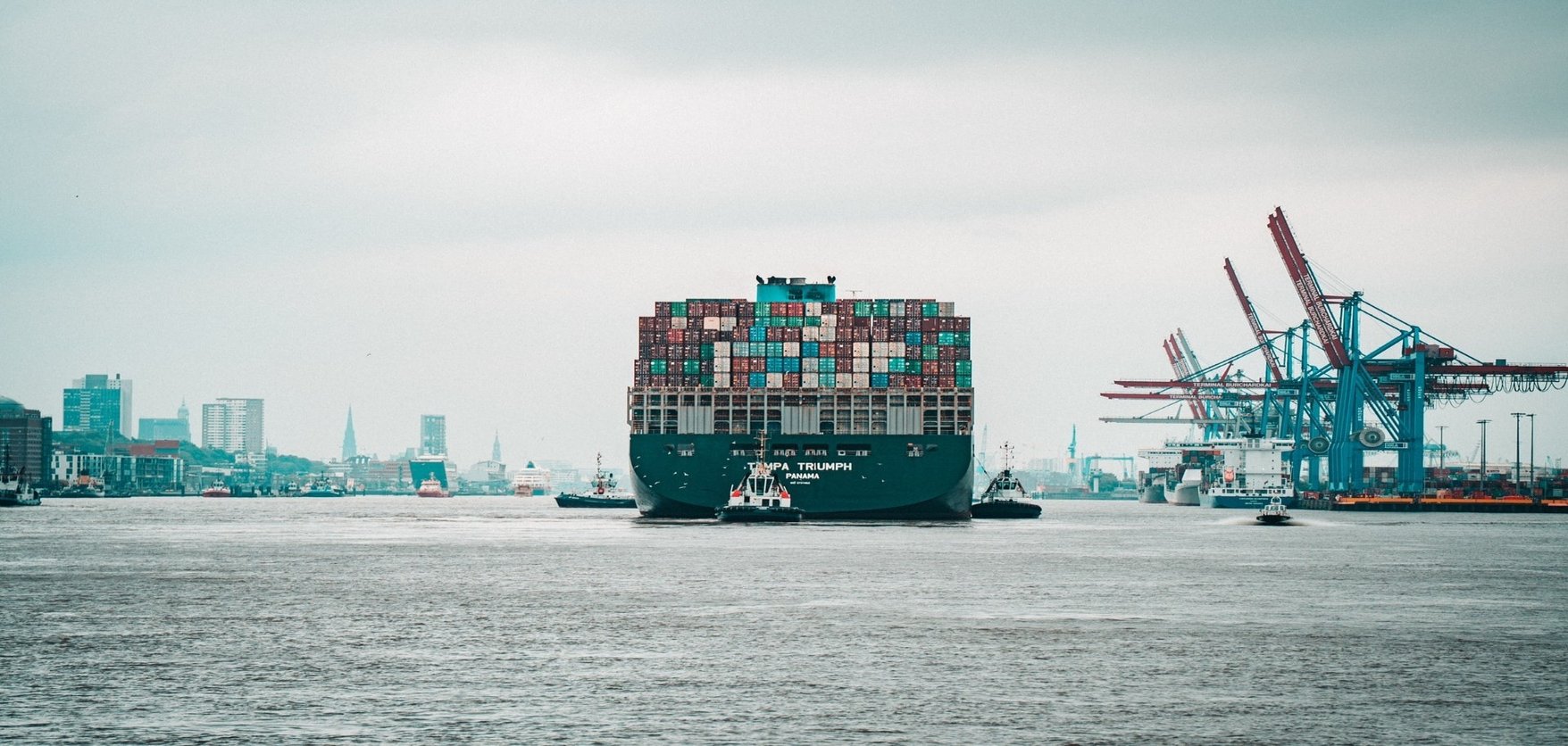Data
How technology can improve supply chain resilience
22 December 2021 • 4 min read

Surviving 2021 unscathed as an omni-channel or ecommerce business, has been a challenge given the unforeseen fluctuations to both supply and demand throughout the year. While the market has undoubtedly changed, for some organisations their digital approach hasn’t.
The role of fulfilment technology in digital commerce
The digital “storefront” for online retailers is underpinned by fulfilment technology, ideally reflecting real-time product availability and delivery times to customers. Product availability and delivery are determined by upstream and downstream partners - suppliers, logistics, and warehousing providers sit between the source of the goods and the end-customer. The more partners a business has in its ecosystem, the more complex it can be to maintain an accurate picture of how much stock is “available to promise” and when it can be delivered.
Dealing with increasingly complex supply chains
In the 1990s, as organisations strove to drive out costs and maximise profits in markets transformed by globalisation, supply chains became more complex. From a fulfilment technology perspective, this added many more components to connect in an organisation’s technical architecture.
In the last year, a myriad of factors from the pandemic to Brexit and the Suez canal shipping blockage came together, resulting in supply chains and delivery networks being tested in new ways. As stores closed, online shopping grew exponentially, some factories paused production, whilst couriers and logistics partners operated with reduced availability due to staff absence. Ramifications from these events shone a light on many organisations’ ability to adapt.
Businesses addressed this by:
- Finding alternative (near shore) suppliers
- Changing the distribution network - finding alternative delivery partners
- Shifting a higher proportion of sales online
- Opening new warehouse sites to create capacity to fulfil an increase in demand
- Ordering and holding more buffer stock to counter supply challenges
What started as temporary solutions to work around the challenges, became more permanent as changes persisted in shopping habits and supply chain recovery lagged.
Read next: Why covid has accelerated cloud adoption
Adapting for the long term
Organisations have reacted well given the circumstances, but not necessarily adapted. What seemed like temporary shifts in customer touchpoints and components of the supply chain ecosystem, have become permanent.
Creating a seamless experience for the customer is difficult for organisations at both ends of the maturity scale. More established businesses with monolithic architecture for their stores, have struggled to synchronise data to understand shifting sales by channel and reposition stock accordingly. Adding new data integrations, requiring heavy customisation, has potentially created technical overhead to maintain. While stores have reopened, the proportion of sales in each channel has a different distribution. Without sophisticated technology in place, this requires adapting legacy planning, forecasting and purchasing tools, to re-optimise the network.
Meanwhile, less technically mature businesses rely on manually managing these integrations, needing to hire more people to extract and transform data as a business scales. This slows the pace of scaling and being able to respond. Effective data management is key to supply chain efficiency, without it, companies increase waste and ultimately business costs. Mapping data flows from beginning to end across core business processes will initially identify gaps. The data model is a core interdependent component of a healthy technical architecture, which should signal demand and supply to be able to flex supply chain components to respond.
At both ends of the scale, organisations need to recalibrate and equip themselves for the future, starting with understanding their existing architecture and defining their target architecture. Which channel is seeing the greatest demand? Is the technical landscape geared to support growth? Is the organisation missing capabilities that can be bought or built? Can components be decoupled and replaced easily? Is there full end-to-end visibility of the data?
We have worked with clients across diverse industries such as fashion, grocery and electronics retail to answer exactly these questions. A common mistake we see is where clients are pursuing a strategy to build a solution that already exists or want to buy a solution that “does everything”. Typically vendors will offer flexibility (for a price), but this will not necessarily result in the best technical solution.
Reprioritising the supply chain
The supply chain is not on the periphery; it is the front and centre of an organisation. Swings in supply and demand impact purchase and sales orders, which in turn can create a risk for the financial position of the company. Organisations should collaborate across functions, avoid silos, identify where the challenges are and which core processes are required in their architecture. This requires the support of the CFO as much as the CTO.
It’s time to adapt
Supply chains are recovering, but the challenges are far from over. We, collectively, went into this unprepared and now have the opportunity and learnings to create flexible and resilient solutions that withstand future challenges.
Making a change to your fulfilment technology doesn’t require a full-scale transformation programme, but failing to adapt will be detrimental to competitiveness and profitability. How do you explain to your shareholders that you ignored the learnings of the last eighteen months and changed nothing?
Rachel Newland is AND Digital's Digital Supply Chain Managing Consultant.
AND Digital can guide you on your journey in reviewing your current architecture and defining the target. We are experienced in vendor RFP selections, data strategy, as well as teaching and implementing best-practice build principles. We can equip you to create a robust technical foundation to achieve your business objectives regardless of the next supply chain challenge.




.png?width=564&height=348&name=Screenshot%202025-06-10%20at%2015.03.23%20(4).png)